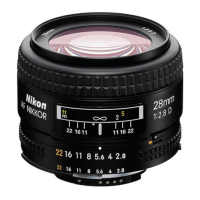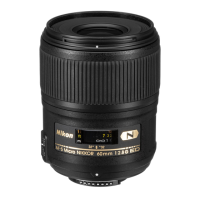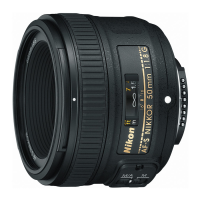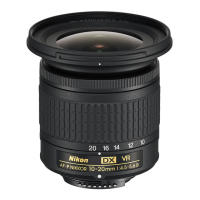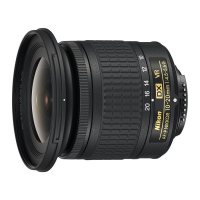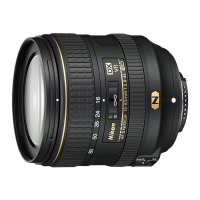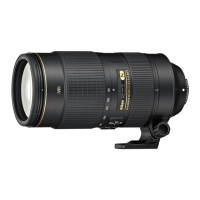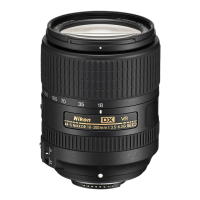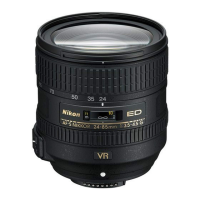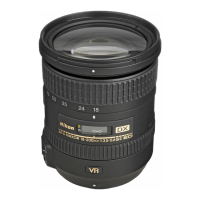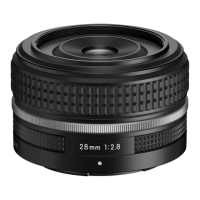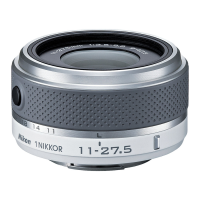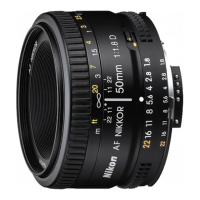
 Loading...
Loading...
Do you have a question about the Nikon AF Nikkor and is the answer not in the manual?
| Focus Type | Autofocus |
|---|---|
| Lens Mount | Nikon F |
| Format Compatibility | 35mm film / FX format |
| Maximum Aperture | f/1.8 |
| Diaphragm Blades | 7 |
| Minimum Aperture | f/22 |
| Filter Size | 52mm |
| Minimum Focus Distance | 0.45 m (1.5 ft) |
